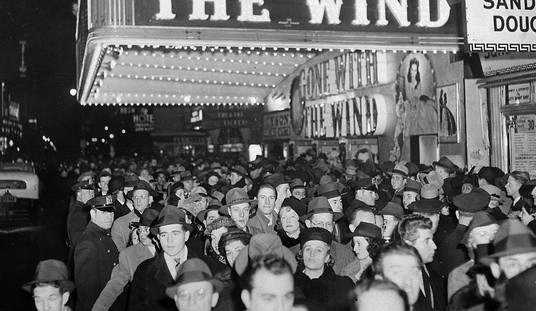
During the First World War, Kaiser Wilhelm’s German government was actively involved in activities inside the United States expressly designed to stop the flow of arms, ammunition and supplied purchased by Great Britain from the United States.
The charge had been levied, as it would again be levied during the Second World War, that the United States was not acting as a neutral power. However, the British, acting through their American representatives, J.P. Morgan, purchased vast quantities of materiel in the United States.
To the Germans, this was an emergency which called for drastic measures. As far back as 1915, German operatives were at work attempting to destabilize the United States and its trade relations with Britain. The first attempt, rather ham-handed in its approach, was made by Captain Franz von Rintelen in 1915. In association with former Mexican President Victoriano Huerta, who was by then living in the United States, an arrangement was made to trade German assistance in a Mexican coup that would restore Huerta to power in exchange for a Mexican attack on the United States.
This was two years before the infamous Zimmerman Note would bring the United States fully into the war — but the foiling of the plot and Huerta’s subsequent arrest for sedition called attention to America’s undoubted need for better counterintelligence services.
Three groups led this battle. One was the U.S. Secret Service, founded in 1865. Another was the little-known Bureau of Investigation, later the FBI, which was formed in 1908. The third was an organization known at first as the “Black Chamber”, and later “U-1”, led in 1915 by Frank Lyon Polk — acting Secretary of State in the Wilson Administration — which would later become the NSA.
Known as first as the ‘Black Chamber’ and then later as U-1, the ad hoc office within the State Department consists of Anglophile Ivy League graduates with language skills led by lawyer and diplomat Frank Polk. This arrangement naturally favors intelligence cooperation with Britain and a friendly, even collaborative relationship with Room 40, the codebreaking section at the Admiralty in London. In time, these close ties will be criticized for helping Britain beyond the limits of neutrality, and even for bringing America into the war. But that does not alter the fact that the intelligence gleaned by the Black Chamber is quite real, and describes real plots against the United States and other nations that are actually being carried out in the real world.
But on this date in 1915, the Secret Service made a significant breakthrough.
It was a Saturday afternoon in New York, and German consular official Dr. Heinrich Albert has had a long week. At about 3 p.m., he boards an elevated train in Harlem and heads for home. Official accounts differ as to what happened next.
Some say Albert fell asleep. Some say he was engrossed in his reading. There is no doubt, however, that when he got off the train, he was not in possession of his briefcase.
By this time, it was in the hands of agent Frank Burke, who led Albert on a chase through the streets until he was able to board a streetcar and make good his escape.
Some accounts claim that Albert placed an ad in the paper the next day offering a reward for the return of the briefcase and its contents, but by then the Americans knew what was inside.
Albert’s briefcase contained an outline of the German government’s espionage plans in the United States, along with the information that Albert himself had spent as much as $27 million of the German government’s money to set up a spy network inside the United States. As such, it was vital information.
To maintain the secret that American operatives were tailing German government officials in the United States, the Americans gave the British credit for stealing Albert’s briefcase, a falsity the British did nothing to correct. But when the contents of Albert’s information found their way into the American press, the resulting uproar was considerable. The United States expelled spymaster Franz von Papen, who would later become Adolf Hitler’s first and only vice-chancellor, from the country.
But that didn’t stop German spying. The infamous Black Tom explosion of 1916, in which German agents blew up one thousand tons of ammunition and supplies in New York Harbor in an explosion so violent it was felt as far away as Maryland and which damaged the Statue of Liberty severely enough so that visitors can’t climb to the top to this day, came after the capture of Albert’s briefcase.
German agents created what were known as “pencil bombs” in East Coast shipyards, smuggling them onto ships bound for Britain where they would explode during the trip and either damage cargo or sink ships.
And, of course, the government wasn’t done trying, either. The Zimmerman Note of 1917, in which the German government agreed to recognize Mexican claims to Arizona and New Mexico in exchange for a Mexican declaration of war on the United States, was the final straw leading to a declaration of war.
And what of the other stars of our show? Burke retired in 1942. His boss, William J. Flynn, would go on to lead the Bureau from 1919-21. Dr. Albert went on to become Treasury Minister in the Weimar Republic in 1922. And the NSA? Well, let’s just say we know what happened to them.
Happy Sunday and enjoy today’s open thread!














Join the conversation as a VIP Member